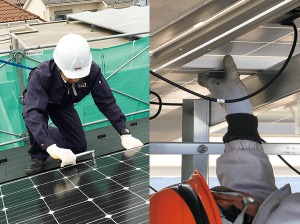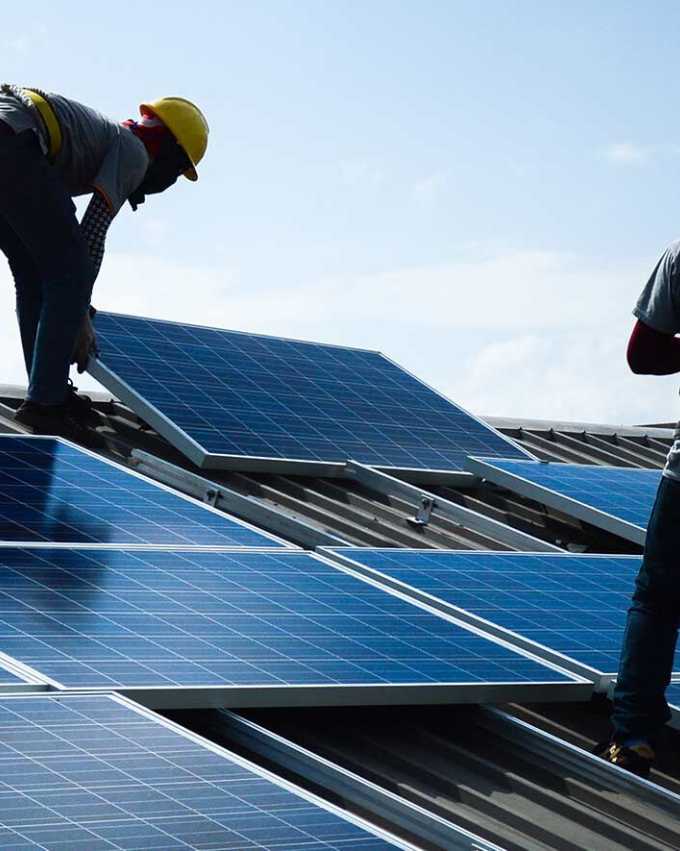Smart Sun Energy
“MNRE approved Vendor for TANGEDCO”
EPC Contractor
services: We provide turnkey solutions in the range of 1 kWp to 500 kWp for Roof top Grid Tie Solar PV Systems for following categories:
Subsidy category
Residential houses
Residential Associations or Societies
Non-Subsidy category
Commercial
Industrial –MSME sectors
New building categories
CMDA norms for issue of Completion Certificate (CC) to the developers or builders of the special buildings and multi-storeyed buildings are as follows:
1/3 area of the total terrace area to be reserved for erecting Grid tie Solar PV Systems
Approximate space required is 10 sqmt for generating 1 KW of electricity.
EPC Activities
As an EPC (Engineering, Procurement and Construction) contractor we are responsible for the entire lifecycle of a Solar project, from the initial design and engineering through procurement, construction and ultimately the commissioning and handover of the Grid Tie Solar PV Plant. As an EPC contractor we do the following:


In the Engineering phase of a Solar EPC project we are responsible for a detailed design, site analysis and creation of technical plans for the PV Plant installation. This includes determining the optimal placement of Solar Panels, Inverters and other equipment to maximise the energy generation, taking into account factors like Solar irradiance, shading and local TANGEDCO regulations.


During the procurement stage we handle the sourcing and acquisition of all necessary materials and equipment for the project. This includes ALMM Solar Panels, BIS Inverters , MNRE specified mounting structures, electrical components and any other hardware required for the installation. If needed we may also secure any necessary permits and licenses.


This stage involves the physical installation of Solar PV Plants. This includes site preparation, the installation of mounting structure, mounting of Solar Panels, interconnection of Solar Panels, connection of Solar Panels to the Inverter, connection of DCDB & ACDB, Net-meter and finally connecting the system to the Grid. This phase encompasses quality assurance, safety protocols and testing to ensure the system functions correctly.

